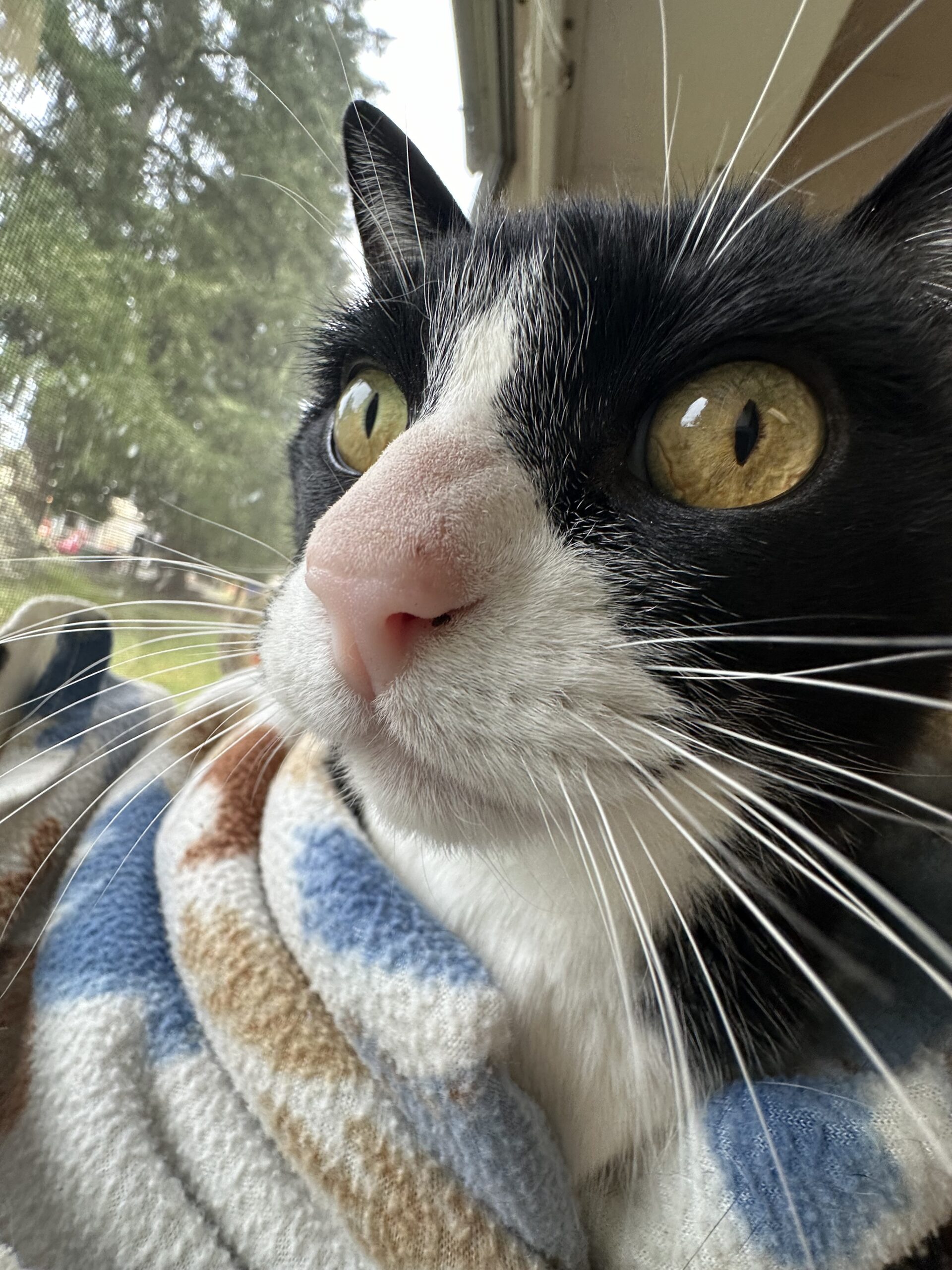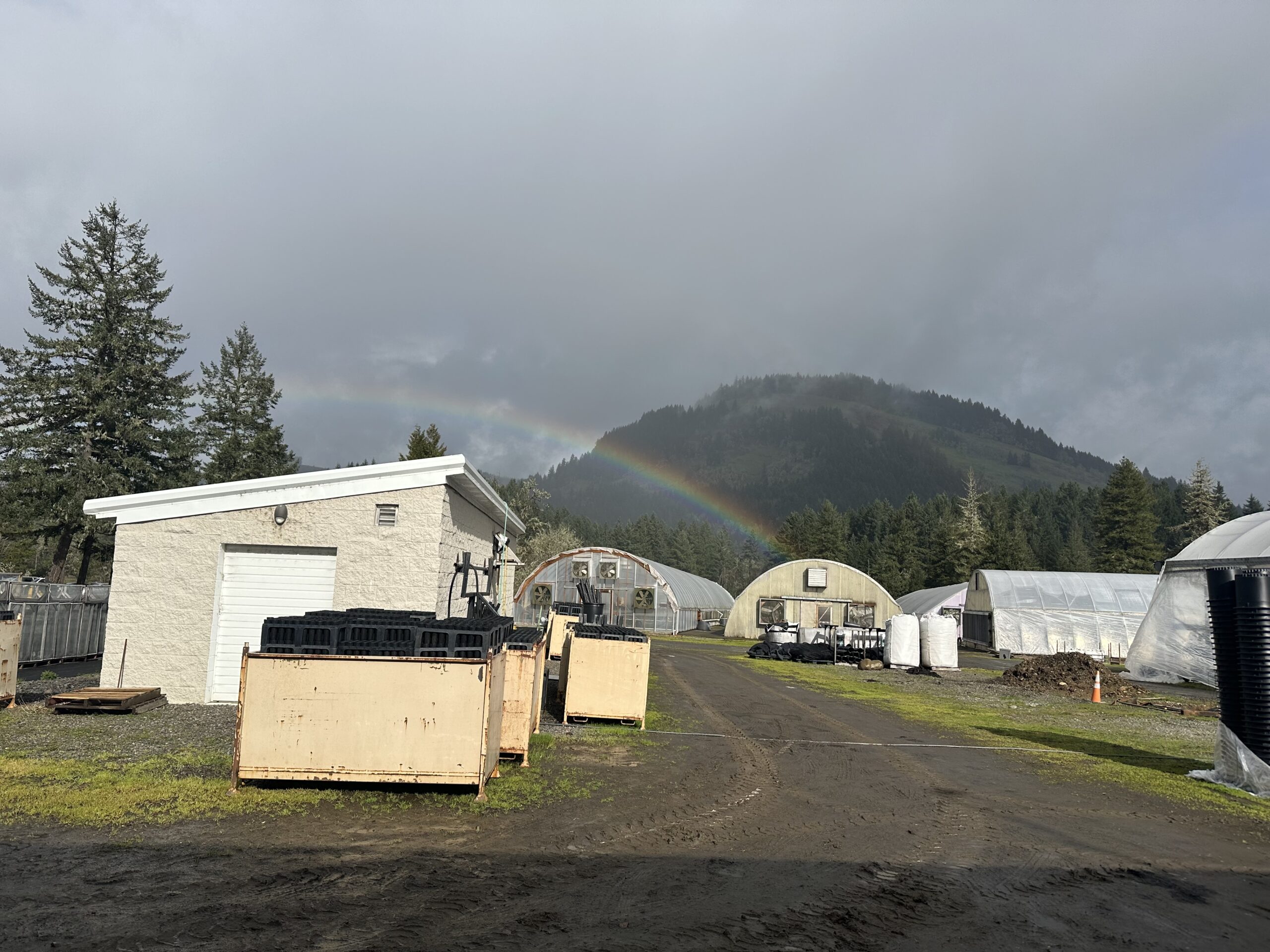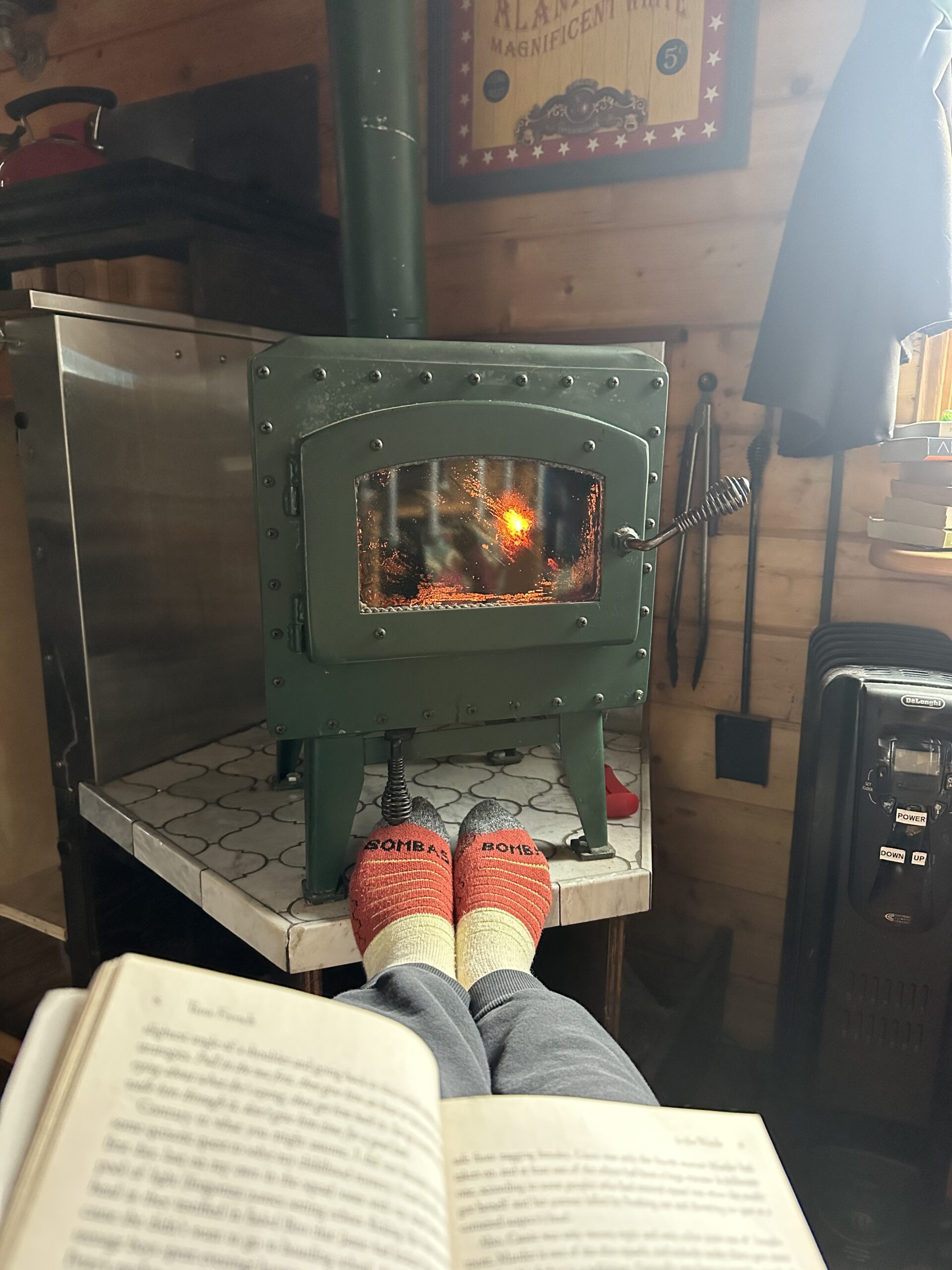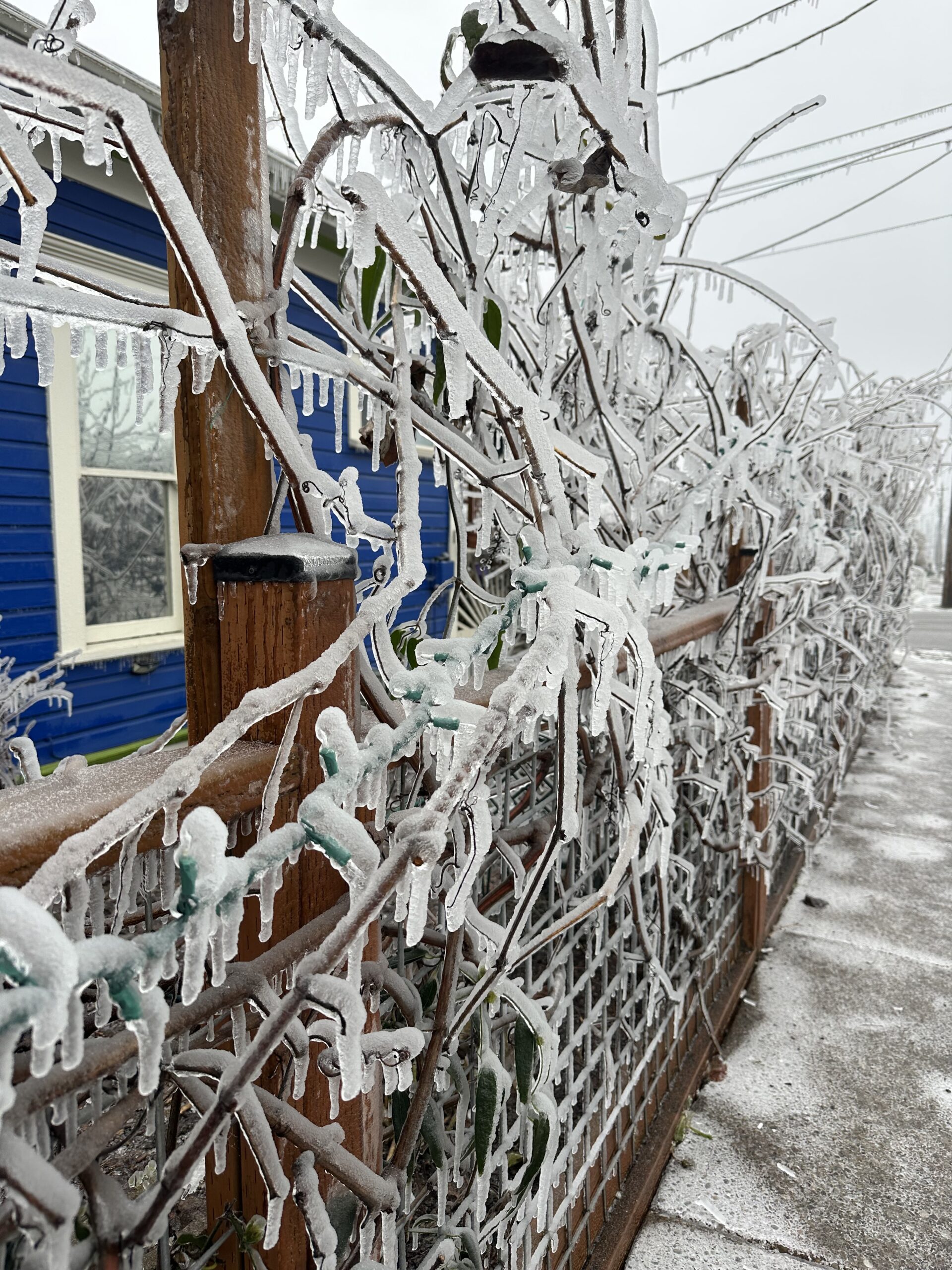It’s incredible to believe my position here with the Forest Service is coming to an end already. I thought 22 weeks was going to drag on; however, it has been a whirlwind and passed in the blink of an eye. February was relatively mundane at work but has been filled with some great memories of great people in a beautiful place. I saw some incredible waterfalls with my work twin. I ate a slightly squashed PB&J on top of a large rock overlooking the Willamette Valley. I had funny and interesting conversations with coworkers over seed cleaning, which consisted of everything and anything. Although my team has not won at our Monday night trivia events, we still have a blast not knowing I guess common knowledge questions???? I should have definitely paid more attention in history class as well as to the Grammys.
Overall, nothing too spectacular occurred this month. Towards the end of the month, I did get the Dorena cold for a few days, but it gave me the time to telework and get some well-needed rest. Sadly, my work twin and co-intern, Kass, will be leaving at the end of the month. She was a wonderful partner and sweet little treat buddy, but I know she is gonna have an amazing adventure in her next position. I will always remember our numerous trips to Taco Bell, “council” meetings to discuss the perfect texts, and little hikes and adventures. After this week, I only have about two weeks to go, which is sad but also exciting because it means my next adventure is beginning.

There is really nothing too big to report this month, but there have been some extraordinary rainbows recently.

I also will include some of the photos from last month because some of them are really sick. The ice storm definitely took a toll on the town, but it has recovered and is now looking forward to and preparing for the arrival of spring.














